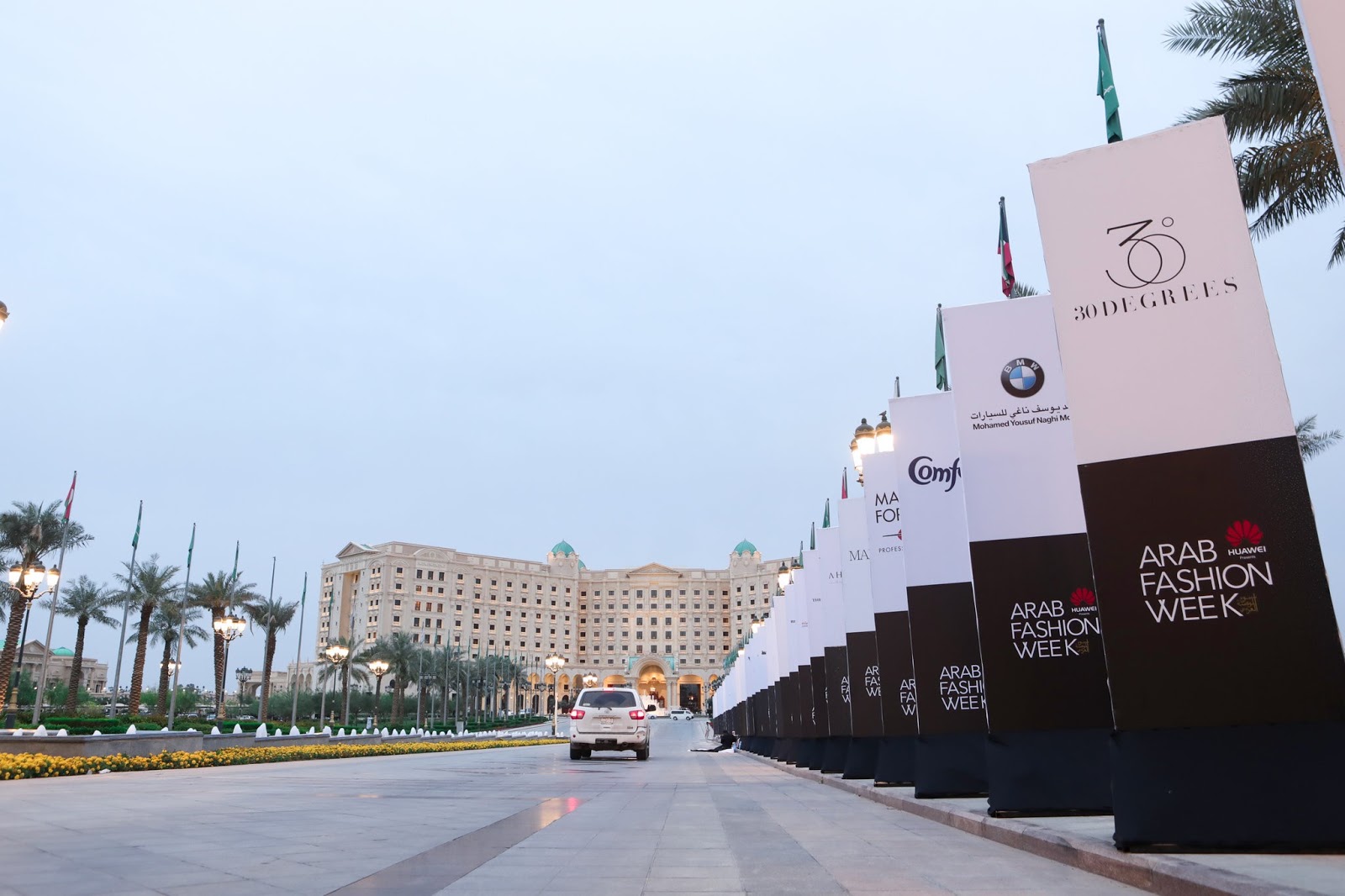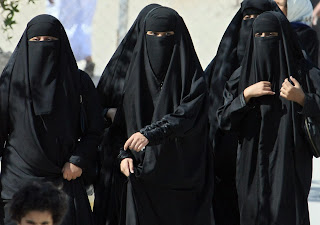Fashion Week in Saudi Arabia
The first official fashion week ever held in Saudi Arabia was, said Marriam Mossalli, a luxury consultant in Jeddah, “an amazing opportunity to shift the disconnect in the minds of outsiders about Saudi women, how they design and how they dress. Women here have been waiting for years for a time to shine.”
The show took place in April of 2018, in Riyadh, as an event that only women were allowed to attend. The event itself began as a logistical nightmare, and was postponed several times, at first due to the difficulty of foreigners obtaining visas, then again because of mechanical problems with the main venue. Not only this, but ticket sales to women in Riyadh, where the show was taking place, had been low, most likely due to the small amount of marketing. Some brands even pulled out of the show thanks to the lack of communication, which may have affected sales as well.
Key developments in the way of female empowerment took place during that week however, as the designers showed off their creations. For example, Mashael AlRajhi, a Riyadh-based designer of men’s and women’s wear, showed her street wear pieces with arabesque roots, including a collaboration with Nike on its first runway hijab. Other designs on the runway included the sorbet-hued frothy gowns of Lebanese couturiers like Tony Ward and Naja Saade; avant-garde all-black designs of Kazakhstan’s Bibisara; a capsule collection of sequined abayas by Maison Alexandrine of Brazil; and over-the-top glamour courtesy of Jean Paul Gaultier.
The room itself was actually a vast tent for 1,500 people, with a glossy catwalk backed by a floor-to-ceiling video screen advertising concerts and BMW cars, and even John Legend and Ed Sheeran tracks being played live on the traditional Arab oud. However the strict social media ban created a front row devoid of influencers and photographers.
This Fashion Week would have been unthinkable even two years ago, and comes comes at a time of ambitious plans for economic and social reform in the country led by Crown Prince Mohammed bin Salman, the kingdom’s de facto ruler. The crown prince has allowed women to drive, as well as said that women should be able to choose what they wear in public, as long as it is “decent” and “respectful.” The social shifts can also be seen on the increasing number of women in Saudi cities who have been trading the traditional black abaya for more colorful or patterned cloak designs, accessorized with stilettos and high end handbags. Many of those in the kingdom are hoping that Saudi Arabia's first fashion week is another step by the Crown to open up opportunities for modernization, especially for women.
Key developments in the way of female empowerment took place during that week however, as the designers showed off their creations. For example, Mashael AlRajhi, a Riyadh-based designer of men’s and women’s wear, showed her street wear pieces with arabesque roots, including a collaboration with Nike on its first runway hijab. Other designs on the runway included the sorbet-hued frothy gowns of Lebanese couturiers like Tony Ward and Naja Saade; avant-garde all-black designs of Kazakhstan’s Bibisara; a capsule collection of sequined abayas by Maison Alexandrine of Brazil; and over-the-top glamour courtesy of Jean Paul Gaultier.
The room itself was actually a vast tent for 1,500 people, with a glossy catwalk backed by a floor-to-ceiling video screen advertising concerts and BMW cars, and even John Legend and Ed Sheeran tracks being played live on the traditional Arab oud. However the strict social media ban created a front row devoid of influencers and photographers.
This Fashion Week would have been unthinkable even two years ago, and comes comes at a time of ambitious plans for economic and social reform in the country led by Crown Prince Mohammed bin Salman, the kingdom’s de facto ruler. The crown prince has allowed women to drive, as well as said that women should be able to choose what they wear in public, as long as it is “decent” and “respectful.” The social shifts can also be seen on the increasing number of women in Saudi cities who have been trading the traditional black abaya for more colorful or patterned cloak designs, accessorized with stilettos and high end handbags. Many of those in the kingdom are hoping that Saudi Arabia's first fashion week is another step by the Crown to open up opportunities for modernization, especially for women.





It was really interesting to read about the Saudi Arabian Fashion Week, especially with all of the detail you provided to highlight the struggles associated with putting on such an event in a very conservative country. While there were many logistical issues and attendance was a problem, the successes of the event seems to outweigh any hardship. From a collaboration with Nike to produce its first hijab to the designers who were able to feature unique ideas and colors, the all-female event is very empowering to me. It is interesting to observe these developments of expression in the political context, especially the mention of there being limited broadcasted documentation of the event due to social media bans, and it was very helpful that you provided information about Crown Prince Mohammed bin Salman’s opinions on fashion. Great post about an interesting event!
ReplyDelete